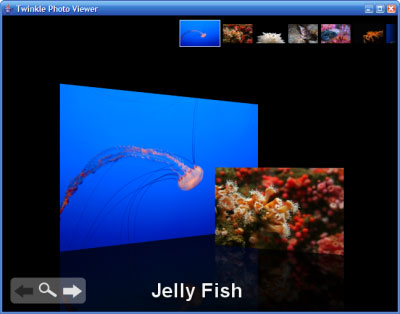Joel is at it again with The Perils of Java Schools.
It is great to think that you are high and mightly because you can pack() and unpack() your way out of a paper bag, or that you love crazy pointer arithmetic.
These days, I want to develop with developers who can deliver business applications to our users.
It drove me nuts that my CSci program taught me how to write my own database from scratch, but didn’t teach me how to use Oracle well. If you needed me to write an OS from scratch… I was your man!
I had to go to industry to get the skills that truly matter to me now.
This isn’t to say that you don’t need anything from these courses, but they are far from required. There are 3 or 4 developers who I truly think are geniuses (that I have worked with). You know these guys. They get done the work that 100 others could maybe do. 3 of the 4 didn’t have CSci degrees. The other seemed to focus on music, art, and biography of all things.
There is room for different programs at college, but lets not get on our high horse.
Isn’t Joel whipping out crappy VB programs anyway? Not exactly amazing algo’s using the power of LISP is it? Have you checked out FogBugz? ;)

